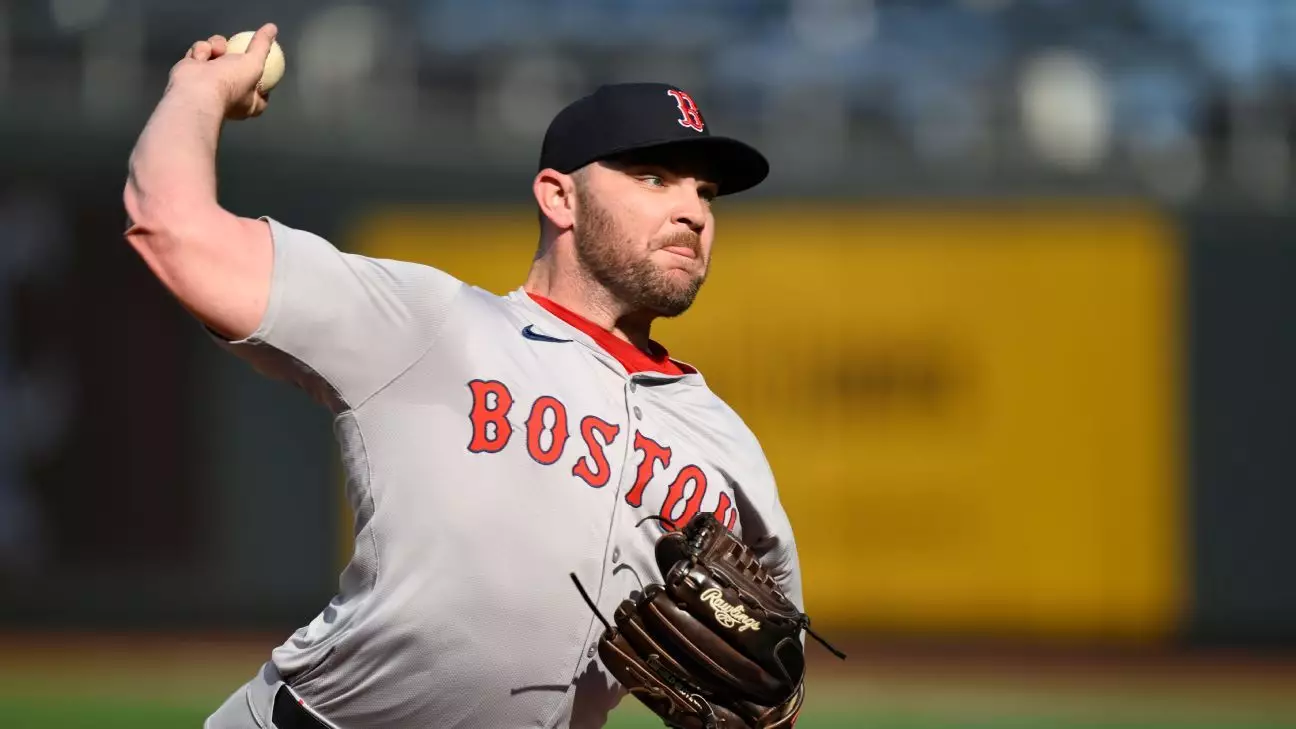In an alarming turn of events, Boston Red Sox reliever Liam Hendriks found himself the target of vile threats, a grim reminder of the toxic underbelly of sports culture in the digital age. When he took to social media to expose the death threats against himself and his family following a disappointing loss, it wasn’t just a plea for safety; it was a compelling cry against the madness that often goes unchecked in our increasingly interconnected world. Hendriks stated, “Threats against my life and my wife’s life are horrible and cruel. … I think I speak for all players who have had to deal with this in their career when I say enough is enough.” Indeed, enough is enough, but why does it take such horrifying instances for society to wake up and recognize this festering issue?
Violent rhetoric against athletes is not a new phenomenon; it has long been an unsettling part of sports fandom. However, Hendriks’ candid sharing of his experiences brings to light the urgent need for a paradigm shift in how we perceive player interactions. The emotional toll that such hostility takes on athletes should not be underestimated; it layers immense pressure on individuals already grappling with the harsh realities of professional sports.
Public Figures and the Right to Safety
Manager Alex Cora, expressing his solidarity with Hendriks, commented on the exposure that players face: “We’re in the public eye, and people feel they have the right to say whatever they want.” This statement encapsulates the troubling culture where anonymity breeds irresponsibility. Fake accounts can spew hatred without any repercussions, creating a dangerous environment where real consequences—such as threats against life and family—are tossed around carelessly.
One would hope that the scrutiny surrounding public figures could be tackled with more maturity and respect. Instead, it is often twisted into a predatory hunt. Athletes are not just commodities for fan entertainment; they are human beings with families, feelings, and hurdles that may not always be visible. For Hendriks, whose career has already been burdened with personal struggles like battling non-Hodgkin’s lymphoma, this public outburst of anguish draws attention to the darker aspects of fandom and the social media age.
The Ripple Effects of Social Media Outrage
Cora himself has recently experienced the repercussions of social media vitriol, having been embroiled in backlash for taking personal time to celebrate his daughter’s graduation. “If it’s up to me, I’ll bring my daughter here and go through every account and filter it,” he remarked, highlighting an absurd situation where a manager is criticized for valuing family over a game. The lack of empathy displayed towards individuals coping with personal milestones only accentuates the toxic mentality that pervades sports culture.
In today’s instant-comment culture, frustration often morphs into aggression, turning every missed play or incorrect call into fodder for social media outbursts. Cora astutely pointed out, “A decision, a pitch, a play, it puts them in a bad spot and they take it personally.” The result is a vicious cycle—athletes internalize the negativity while fans swing wildly in their emotional responses, equating sports outcomes with personal vendettas.
Lessons We Must Learn
What lessons can be drawn from these incidents? To begin with, we must recognize the responsibility that comes with being a spectator. While passionate support for a team is part of the game, crossing the line into harassment is not. Platforms like Twitter and Instagram—that provide a semblance of anonymity—must do more to hold users accountable for abusive behavior and threats. It’s imperative for the sports community, including fans, teams, and governing bodies, to advocate for a healthier dialogue that imbues respect over rage.
Sports should promote unity, sharing the joy of victories and the lessons learned in losses. Let’s hope that the narratives surrounding athletes like Hendriks encourage fans to reflect on their actions, treating players not merely as symbols of team identity but as people deserving of kindness and consideration in both triumph and adversity.


Leave a Reply